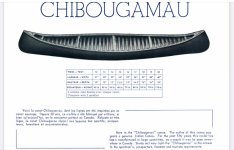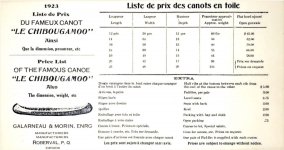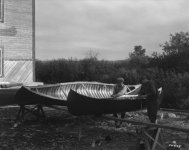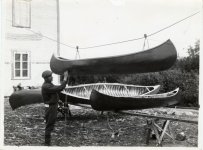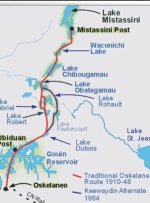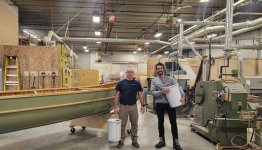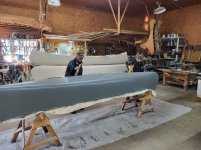A very good news to announce today: adventurer and filmmaker Caroline Côté joins us! She will lead the film crew that will immortalize the North Sea expedition through a documentary film.
Caroline Côté is an adventure filmmaker and long-distance athlete. One of the last expeditions she made was Polar Shadows where she, together with polar explorer Vincent Colliard, crossed the Svalbard archipelago in the Arctic Circle in winter on the polar night for 63 days in complete autonomy. In 2023 she broke the women's world record for the fastest crossing of 1,130 km between the starting point Hercules Inlet and the South Pole. She completed several other large-scale expeditions including the double crossing of an unexplored region of Antarctica on full autonomy and the Pull of the North expedition, where she followed the Yukon River for more than two months in a canoe through Alaska.
She choreographed with Florence Pelletier the documentary Traversées (2020) on an expedition in Kuururjuaq Park. She also underwent training in advertising and completed studies in the field of cinema and communication. Filming in remote natural locations with complex environmental peculiarities is her passion and specialty. She has a mission to engage people to learn more about nature conservation and self-improvement.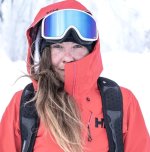
Caroline Côté is an adventure filmmaker and long-distance athlete. One of the last expeditions she made was Polar Shadows where she, together with polar explorer Vincent Colliard, crossed the Svalbard archipelago in the Arctic Circle in winter on the polar night for 63 days in complete autonomy. In 2023 she broke the women's world record for the fastest crossing of 1,130 km between the starting point Hercules Inlet and the South Pole. She completed several other large-scale expeditions including the double crossing of an unexplored region of Antarctica on full autonomy and the Pull of the North expedition, where she followed the Yukon River for more than two months in a canoe through Alaska.
She choreographed with Florence Pelletier the documentary Traversées (2020) on an expedition in Kuururjuaq Park. She also underwent training in advertising and completed studies in the field of cinema and communication. Filming in remote natural locations with complex environmental peculiarities is her passion and specialty. She has a mission to engage people to learn more about nature conservation and self-improvement.

Last edited:

